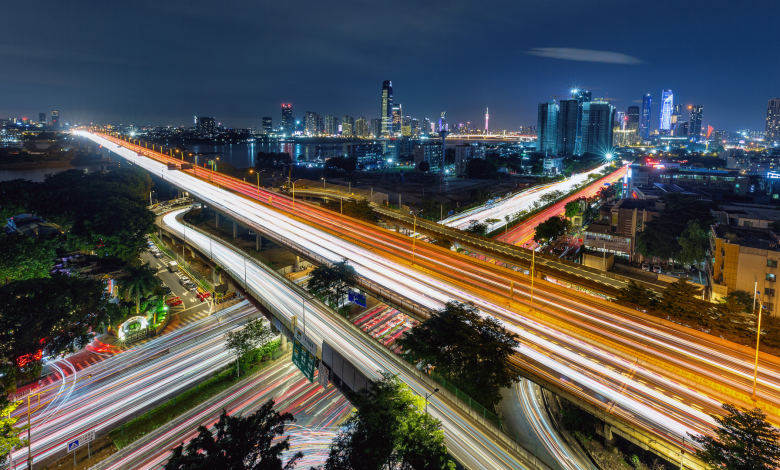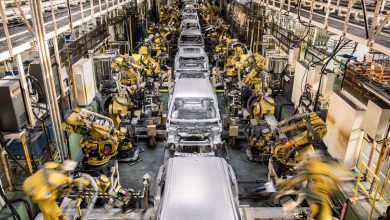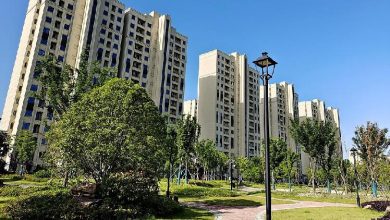How new tech helps urban buildings in China cool themselves in summer


<img src='https://news.cgtn.com/news/2024-08-02/How-new-tech-helps-urban-buildings-in-China-cool-themselves-in-summer-1vK6QpnuHC0/img/fb204bb0d7d440b0abc135d94dfa7f92/fb204bb0d7d440b0abc135d94dfa7f92.jpeg' alt='Nanchuan District, southwest China's Chongqing, August 2, 2024. /CFP'
This summer, many places in China have experienced heat waves. The average temperature in July was 23.2 degrees Celsius, the highest since 1961, according to data from the China Meteorological Administration. Before mid-August, two more heat waves are expected in the country.
In order to cope with the high temperatures, in addition to protecting key population groups, experts pointed out that more preparations are necessary to adapt to climate change in areas such as urban planning and architectural design.
Known as one of the “furnace cities” in southwest China, Chongqing is home to many energy-saving buildings, which have adopted technologies such as shading, ventilation and heat dissipation.
For example, a building covered with 10,000 square meters of smart glass in the city’s Bonded Port Area can respond to thermal signals. When the air temperature reaches more than 35 degrees Celsius, the glass will automatically turn opaque, preventing sunlight and heat from entering the building, acting like sunshade.
Zhong Xianqiang, leader of construction projects in Chongqing Bonded Port Area, told China Media Group (CMG) that the smart glass has a type of polymeric nanogel whose molecules are evenly dispersed at low temperature, showing a transparent state and letting sunlight pass through.
“When the temperature rises, the molecules form clusters, which can refract and reflect sunlight in different bands. Combining this material with two pieces of glass, the smart glass can block the heat from outside,” said Zhong.
<img src='https://news.cgtn.com/news/2024-08-02/How-new-tech-helps-urban-buildings-in-China-cool-themselves-in-summer-1vK6QpnuHC0/img/41203a83036342c78d3059f02483c0f5/41203a83036342c78d3059f02483c0f5.png' alt='A smart glass building in Chongqing Bonded Port Area. /CMG'
In Liangjiang New Area, a green house, called the Chongqing House, also stands out in keeping itself cool. Dozens of plants, such as golden bamboo and ivy, are planted in all of its open-air gardens, covering nearly the entire exterior wall of the building.
Looking from afar, it seems it’s wearing a green coat in summer. The dense plants form their own microclimate, reducing the temperature of the building’s surface.
Chen Hangyi, chief designer of the Chongqing House, told CMG that the L-shaped air passage from the building’s northwest corner to the northeast corner makes the room cooler, taking advantage of the wind from a nearby hillside.
“It is estimated that the building can save 40 percent to 50 percent more energy per square meter than the average energy-saving building with its air system and rainwater recycling system,” said Chen.
<img src='https://news.cgtn.com/news/2024-08-02/How-new-tech-helps-urban-buildings-in-China-cool-themselves-in-summer-1vK6QpnuHC0/img/226bde2209de4ea9bd9f56e9c159cdea/226bde2209de4ea9bd9f56e9c159cdea.png' alt='The Chongqing House in Liangjiang New Area, southwest China's Chongqing. /CMG'
In Guangzhou City in south China, district cooling systems (DCS) are widely used. Compared to conventional air-conditioning systems, these systems improve energy efficiency with partial utilization of renewable and waste energy.
In a new DCS station in Guangzhou International Financial City, there’s a tank that can store 3,000 cubic meters of ice water. Every night, this station will begin to make and store ice when the power load is low.
<img src='https://news.cgtn.com/news/2024-08-02/How-new-tech-helps-urban-buildings-in-China-cool-themselves-in-summer-1vK6QpnuHC0/img/e8ce8ae7e14c4cfba7ce33207c1694e1/e8ce8ae7e14c4cfba7ce33207c1694e1.png' alt='Guangzhou International Financial City, Guangzhou City, south China's Guangdong Province, July 21, 2024. /CFP'
The system reduces the dependence on high-cost and high-pollution thermal power in the peak hours of electricity consumption, and also makes full use of the excess energy such as photovoltaic and wind power in the off-peak hours, thus improving overall energy utilization efficiency.
Meanwhile, centralized cooling systems could cut the use of a large number of small air conditioning units in the city, helping to decrease the city’s temperature and mitigate the heat island effect.





